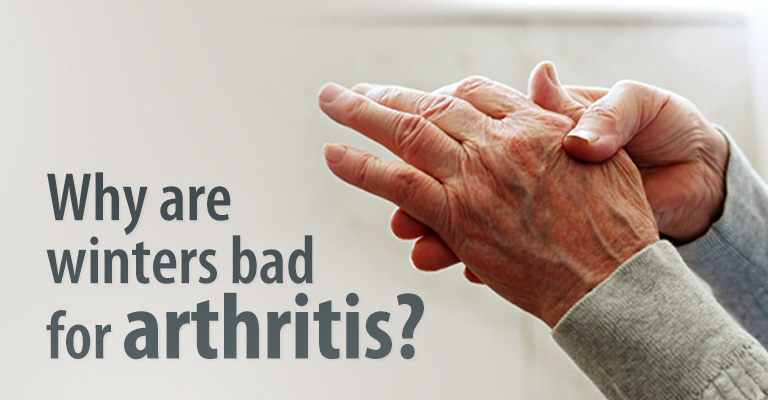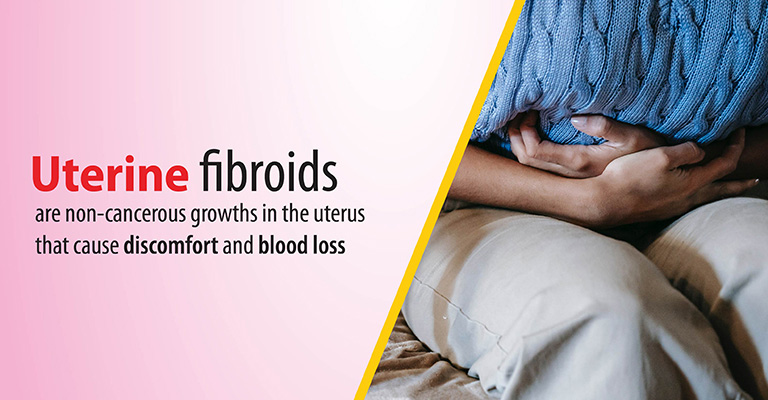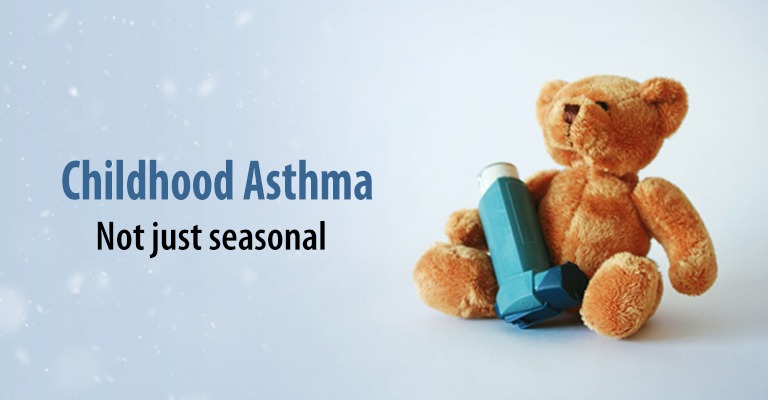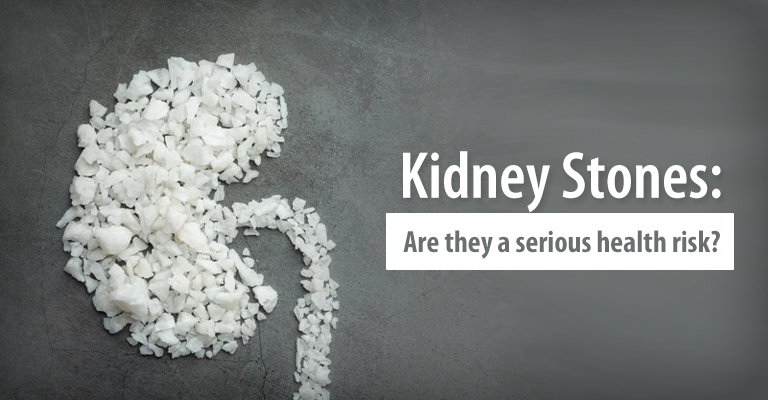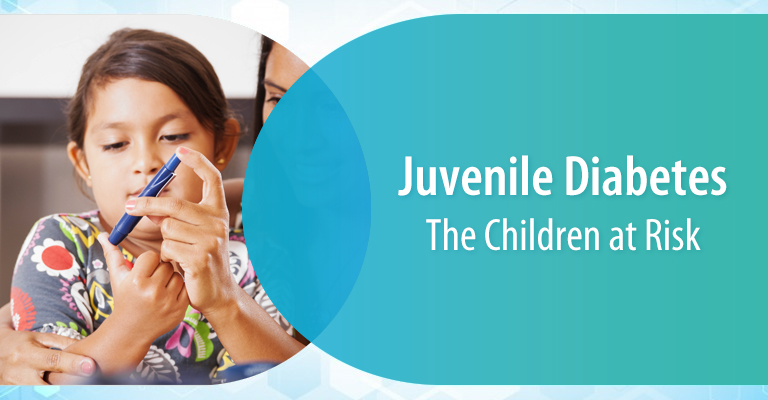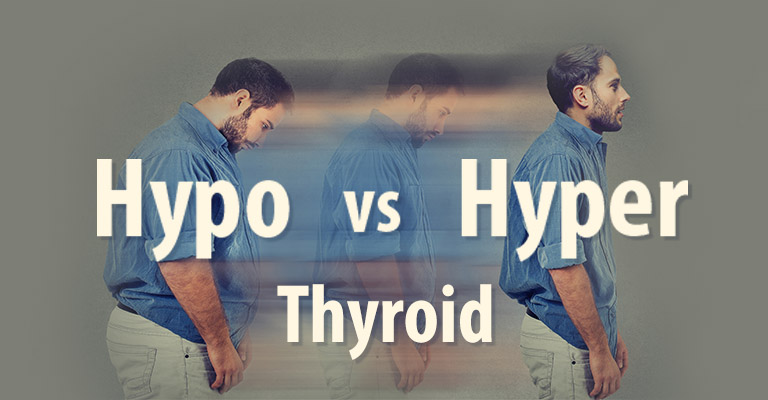 The thyroid is a butterfly-shaped gland producing the hormones T3 and T4 which regulate our metabolism and ensure proper functioning of our heart, brain and other organs. The pituitary gland in the brain regulates the thyroid and produces thyroid-stimulating hormone or TSH which signals the thyroid to produce more T3 and T4. When any part of this complex ecosystem malfunctions, the thyroid could end up producing too little or too much of T3 and T4, leading to complications.
The thyroid is a butterfly-shaped gland producing the hormones T3 and T4 which regulate our metabolism and ensure proper functioning of our heart, brain and other organs. The pituitary gland in the brain regulates the thyroid and produces thyroid-stimulating hormone or TSH which signals the thyroid to produce more T3 and T4. When any part of this complex ecosystem malfunctions, the thyroid could end up producing too little or too much of T3 and T4, leading to complications.
While an underactive thyroid produces too little hormone, a condition called ‘hypothyroidism’, an overactive thyroid produces excess hormone, leading to ‘hyperthyroidism’. Triggers, symptoms and treatment protocols are all different for these two disorders. However, in a few cases, the symptoms could overlap, like enlargement of the thyroid called ‘goiter’, which can happen in both types of thyroid disease. Thyroid disorders seem to run in the family and affect women disproportionately more than men, although science still doesn’t know why.
Known signs and symptoms of hyperthyroidism
# Tremor in the hands
# Loss of weight
# Rapid heart rate
# Feeling fidgety
# Sleeplessness
# Brittle skin
# Muscular weakness
# Irritability
# Less frequent periods
What are the likely causes of hyperthyroidism?
# The most common cause is Graves’ disease, an autoimmune condition
# Toxic nodular goiter or small masses inside the thyroid can be the cause of the condition
# Thyroiditis from a virus or post-partum thyroiditis can lead to hyperthyroidism
# Excessive intake of thyroid hormone as a treatment for some other condition could be a likely cause
Hypothyroidism refers to an underactive thyroid that fails to produce enough of the necessary hormones. Signs of an underactive thyroid may not be visible in the early stages, however, over time it can lead to serious health problems like obesity, joint problems, heart condition and infertility.
Be aware of the following signs that may indicate hypothyroidism:
# Constipation
# Chronic tiredness
# Sensitivity towards cold
# Weight gain for no apparent reason
# Dryness of skin
# Tendency to forget
Causes of hypothyroidism
# Another autoimmune condition called ‘Hashimoto’s thyroiditis’, is a very common cause
# History of radioiodine or surgical treatment for hyperthyroidism, cancer or other thyroid disorders
# History of radiation treatment for head and neck cancer
# Some conditions impacting the pituitary gland
# Congenital hypothyroidism
# Certain medications like lithium or anti-leprosy drugs
How is a thyroid disorder diagnosed?
The best screening for a thyroid disorder is a blood test for TSH or serum thyrotropin. A high TSH count would indicate hypothyroidism and a low count point towards hyperthyroidism. Blood tests can also throw up the antibodies levels which would be helpful in detecting an autoimmune disorder.
How are the two conditions treated?
Hyperthyroidism
# As a first line of treatment, symptoms are addressed by beta blockers which help slow the heart rate, minimize tremors and curbs irritability.
# Depending on the cause, doctors often use anti-thyroid medications to reduce hormone production. For Graves’ disease patients, this is a good non-surgical option.
# When medications don’t work, the thyroid cells can be destroyed by radioactive iodine or the gland removed surgically.
Hypothyroidism
# The most widely used treatment for hypothyroidism involves the use of a synthetic supplemental thyroid hormone called levothyroxine.
# TSH levels are checked regularly during this treatment and the dosage adjusted if required.
# The target is to nudge back the TSH level to normal range and thus alleviate symptoms.
Are these conditions lifelong partners of patients?
# Hyperthyroidism need not be a permanent menace, and medication, radioactive iodine or surgery should be able to fix it in most cases. However, there’s a chance of the patient developing hypothyroidism after these treatments and might need regular medication.
# Hypothyroidism though remains a lifelong companion, and one must take medication every day for the rest of her/his life.
While Goiter (a condition where the thyroid gland becomes larger) could be a common fallout of both conditions, overactive and underactive thyroid are two completely different conditions with their own set of possible complications
What are the possible complications of hypothyroidism?
# Difficulty conceiving or infertility
# Peripheral neuropathy
# Elevated cholesterol levels
# Anemia
# Disease of the muscles
What are the possible complications of hyperthyroidism?
# Pregnancy issues
# Neonatal hyperthyroidism
# Atrial fibrillation
# Osteoporosis
# Thyroid storm – a potentially life-threatening condition where the affected person’s heart rate, blood pressure and temperature soar to abnormal levels.
Thyroid disorders are not uncommon, however, diagnosing and treating the condition as early as possible is essential to avoid future complications. Your lifestyle plays an important role in both preventing and managing the condition. Poor diet and lifestyle stress increases the risk. At MNBC, we provide comprehensive treatment facilities, which includes lifestyle management tips by experts.





